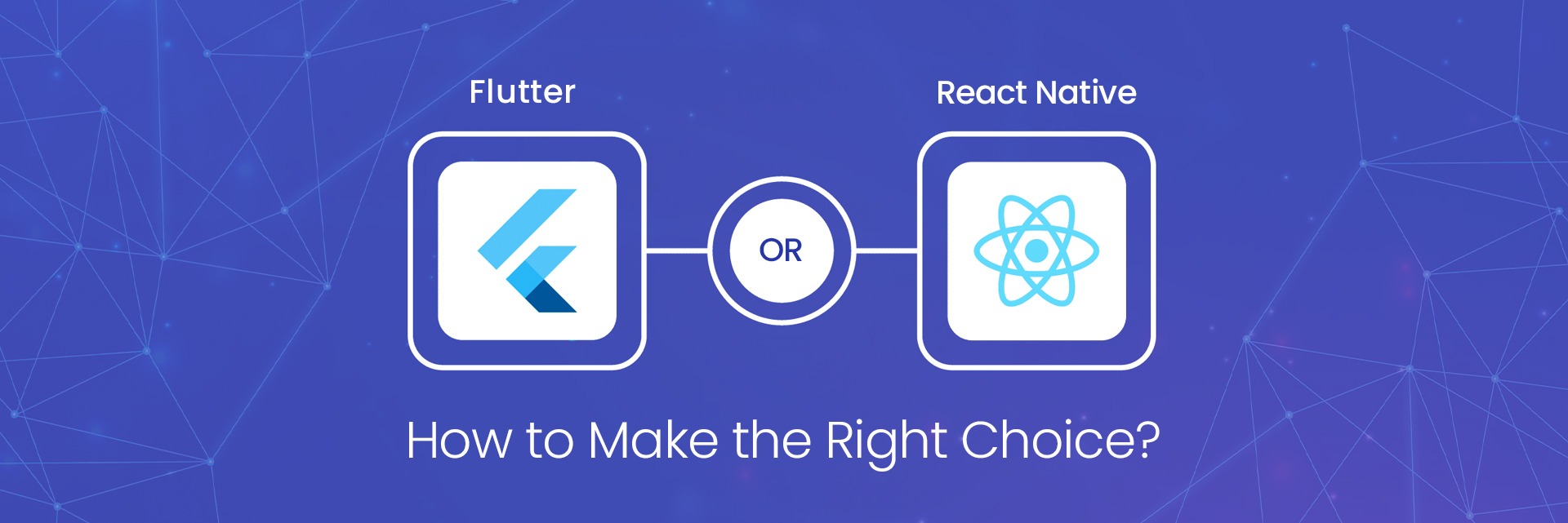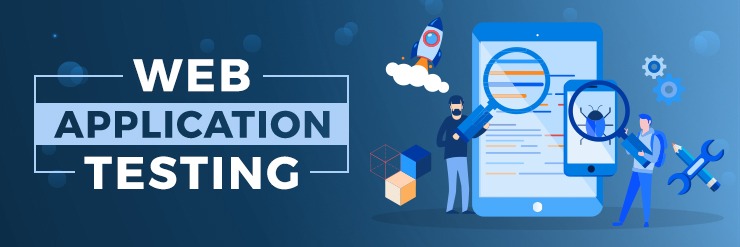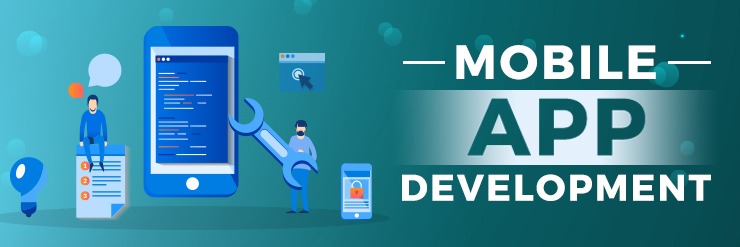Cross-platform apps allow developers to write a single codebase for different mobile and web platforms. Flutter and React Native are the two most popular cross-platform app development frameworks. Both frameworks are developed by the industry’s tech giants Google and Facebook. So, both of them have great options and conveniences for developers.
However, it is often difficult to make the right choice when choosing Flutter or React Native. You can make the right decision by selecting the best-suited platform for different project requirements.
This blog post offers an in-depth comparison between Flutter and React Native to help you understand the functionalities of both.
Flutter vs. React Native
Google announced its Flutter project in 2017. On the other hand, React Native was built by Facebook and published as an open-source project in 2015.
Both of these app development frameworks are very popular today. Whereas React Native has a large community and is more mature, Flutter has been growing faster with GitHub stars and search trends recently overtaking React Native.
Taking a closer look at the pros and cons of these technologies will help us better understand them. Let’s begin with Flutter.
Flutter

Flutter pros
- User Interface: Flutter offers a High-quality user interface. Thus, mobile app developers deem it the best way to create high-quality iOS and Android mobile apps from a single codebase.
- Usability: Flutter has platform-specific behaviors and conventions that make it very easy to use. It offers a great look and feels for its users.
- Animations: Flutter allows users to implement complex animations easily.
- Testing: With excellent testing support, QA efforts are significantly reduced.
- Faster time-to-market: Hot-reload and improved developer experience help the development team get the product to market faster.
- Documentation: Flutter offers excellent and thorough documentation.
Flutter cons
- Flutter web app size and performance: Flutter web is not ready for production due to performance and size issues.
- Outstanding issues with some essential packages, including ad support, audio/video, and camera.
When to Use Flutter?
- If you want to build a mobile-first app from a single codebase, Flutter can work flawlessly. With the hot-reload and an excellent developer experience, you can build apps in comparatively lesser time.
- It is easier to translate great designs into coding with Flutter. You can use Flutter if you want to build a custom user interface with lots of animations.
- Don’t prioritize Flutter if you want to build a web-first experience, and mobile is not part of the primary strategy.
React Native

React Native pros
- Based on JavaScript: React Native is a part of the JavaScript ecosystem.
- Native Apps: The platform allows developers to build native-looking Android and iOS apps with a single codebase.
- Documentation: React Native offers a comprehensive documentation process.
React Native cons
- Performance: not recommended for apps requiring animation, frequent user interface updates, and intensive computations.
- Testing: with React Native, you get access to limited testing support. Developers are only provided with basic support for unit testing.
- Maintenance Cost: Developers have to pay high maintenance costs due to breaking changes and other dependencies.
When to Use React Native?
- React Native is recommended for building cross-platform apps for mobile and web from a single codebase.
- With React Native, you can build apps for iOS and Android using native components.
- If you are familiar with JavaScript and React.js, React Native maybe your best option.
- React Native is not recommended if you need to build custom UI and animations or require regular updates.
Programming language: Dart vs. JavaScript
The Flutter code is written in Dart, whereas React Native uses JavaScript.
Dart
The Dart programming language was first introduced in 2011 but began gaining popularity after Google announced Flutter. GitHub ranks it as the fastest-growing language for 2019 based on its rapid evolution.
Dart is easy to learn and has many similarities with other popular languages, such as Swift and Kotlin. With experience working with these languages, you can probably learn Dart within a few weeks.
JavaScript
Among the most popular programming languages is JavaScript. Most websites today use it, and it is considered the dominant server-side language. JavaScript is supposed to empower the modern web ecosystem.
The strength of React Native is that it uses a language that is already familiar to many users. Web developers who are previously familiar with React have an easier time learning React Native.
These were the pros and cons of Flutter and React Native. Now, let’s examine the frameworks from some different perspectives. Let’s begin with the developers’ experience.
Developers’ Experience
The hot-reload feature is available with Flutter and React Native, allowing you to make code changes and immediately see the results.
Developers using Flutter or React Native will significantly benefit from this because hot-reloading is not available when using the native SDKs for iOS and Android except for Swift.
Moreover, the most popular text editors and IDEs support both Flutter and React Native. For starters, Dartpad, an online editor for quick prototyping, is available for Flutter. A similar tool is also available for React Native as well.
Flutter and React Native both have extensive documentation, helping developers throughout the process. You can even watch Flutter’s official YouTube videos showing the various widgets in action.
Community and Support
As far as community size goes, the React Native community is bigger than the Flutter community. However, StackOverflow has already answered many of the common issues related to React Native app development. JavaScript is an integral part of React Native, so help and support are readily available.
Similarly, React Native provides libraries and packages to accomplish the most common tasks. With the Node Package Manager (NPM), these components can easily be discovered and installed.
Flutter is a new ecosystem that is rapidly expanding and has an active community. The Flutter packages are available on pub.dev. Compared to React Native, Flutter is growing faster and has better maintainer support.
To conclude, in either ecosystem, you won’t feel lost once you get started because each framework has excellent documentation and a supportive community.
Summing It Up
There’s no doubt that Flutter and React Native are top-notch cross-platform development frameworks, both of which are used in production by large companies and can reduce time-to-market for mobile apps.
In addition, no framework fits for all, and each has unique requirements. Depending upon your requirements and strategy, you can now decide which one is most appropriate for your next project. Flutter will be the best option in some cases, while React Native will be better suited for other projects.
As a beginner, you can start by learning about both frameworks. Both Flutter and React Native offer extensive documentation, enthusiastic community, and guides. No doubt, these frameworks are easy to learn for an ambitious mobile app developer. So, what’s your choice, Flutter or React Native?








